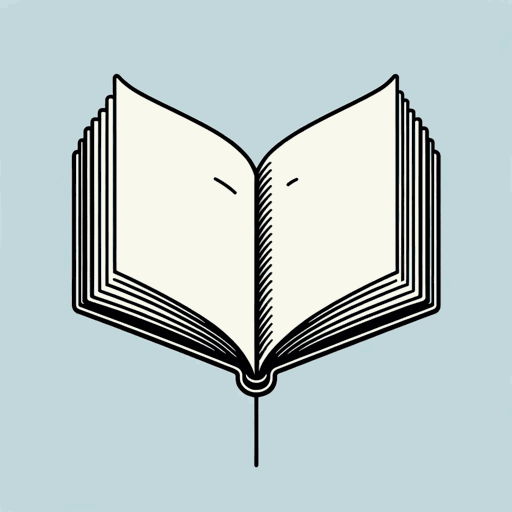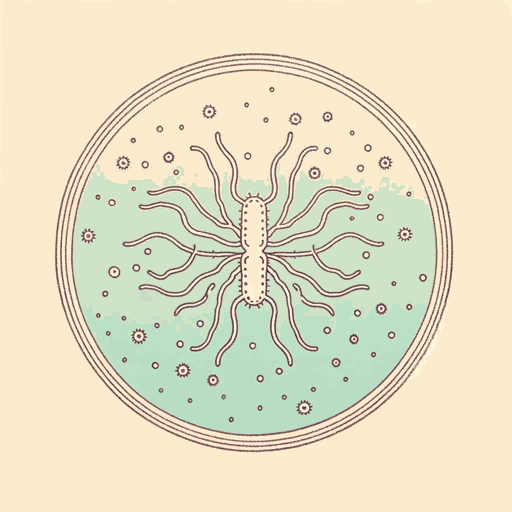58 pages • 1 hour read
W. Somerset MaughamThe Razor's Edge
Fiction | Novel | Adult | Published in 1944A modern alternative to SparkNotes and CliffsNotes, SuperSummary offers high-quality Study Guides with detailed chapter summaries and analysis of major themes, characters, and more.
Further Reading & Resources
Further Reading: Literature
The Great Gatsby by F. Scott Fitzgerald (1925)
Fitzgerald’s most famous novel—a cultural icon in 20th-century America—is an illuminating complement to The Razor’s Edge. While Maugham was British, Fitzgerald was American, and his work offers unique perspectives on many similar themes: class differences, American idealism, the spiritual vapidity of materialism, and socioeconomically fraught gender roles. The Great Gatsby has the same historical setting and is also narrated first-person by a character who is not the protagonist. Like Larry, the protagonist Gatsby longs endlessly for something that is likely ultimately inexpressible. Unlike Larry, however, Gatsby places that desire on an idealized woman who, to him, symbolizes fulfillment.
Grapes of Wrath by John Steinbeck (1939)
American writer Steinbeck’s realist novel is set during the Great Depression, following the 1929 market crash featured in The Razor’s Edge. In addition to their overlapping economic and historical setting, both novels touch on financial desperation and the societal sense of dignity and identity that relates to work.
Further Reading: Beyond Literature
The Secret Lives of Somerset Maugham: a Biography by Selena Hastings (2010)
Much of Maugham’s writing is informed by his personal experiences, from his spiritual disquietude to his sense of alienation (whether from his marginalized sexuality, his speech disorder, or military experiences).
Related Titles
By W. Somerset Maugham




